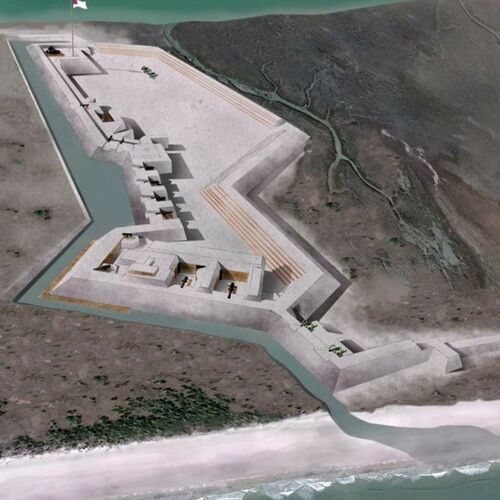Fort Wagner
Charleston, South Carolina was an extremely strategic and important city. Surrounding its crucial harbor lay multiple forts including the notorious Fort Sumter. Fort Sumter saw the commencent of fighting between Union and Confederate troops and held deep symbolic meaning between both sides. However in order to ease the attack on the heavily defended Confederate stronghold, Union forces needed to capture the smaller artillery position, Fort Wagner. If the Union succeeded in its capture it would allow for another angle to bombard Fort Sumter, further weakening its defenses before the infantry assaulted the position. The attack on the “Battery *" at Fort Wagner commenced on July 10th of 1863, but after some immediate success, Union forces began to fall back. A week later, on July 18th, an assault began on the key fortress. Colonel Robert Gould Shaw heroically led his 54th Massachusetts Volunteer Infantry into the battle. The 54th Massachusetts Volunteer Army was the first all Black regiment in the United States' Militaries history, and this specific attack was one of the first combat operations Black Union Soldiers took part in. The Union troops knew the dire consequences they would face when attacking the location, however went they forward with the assault.
*Battery - a cluster of cannons in action as a group, in a temporary field position during a battle
This map shows the Charleston Harbor in South Carolina. The points, which are interactive, show the relationship between confederate forts (red), as well as the angle of assault Union forces (blue) used to attack the key Battery.
A brief youtube video created by Discerning History, to help visualize and understand the core of the battle.
![[Morris Island, South Carolina. Headquarters of field officer of the trenches. Second parallel] [Morris Island, South Carolina. Headquarters of field officer of the trenches. Second parallel]](https://dh.scu.edu/exhibits/files/square_thumbnails/3638/Men_in_Fort_Wagner_Landscape.jpg)


